Mohammad Ashiqur Rahman
Continuous Monitoring of Large-Scale Generative AI via Deterministic Knowledge Graph Structures
Sep 04, 2025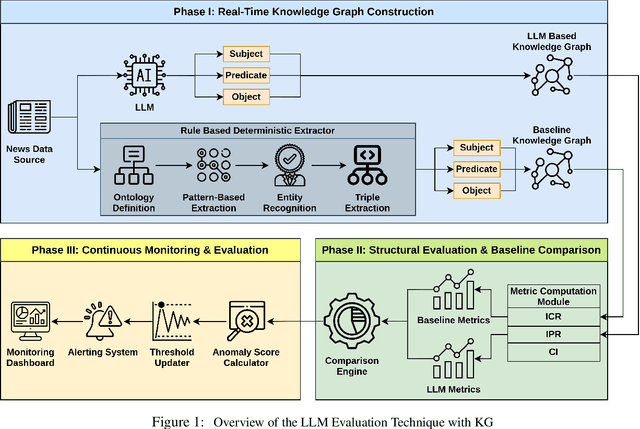

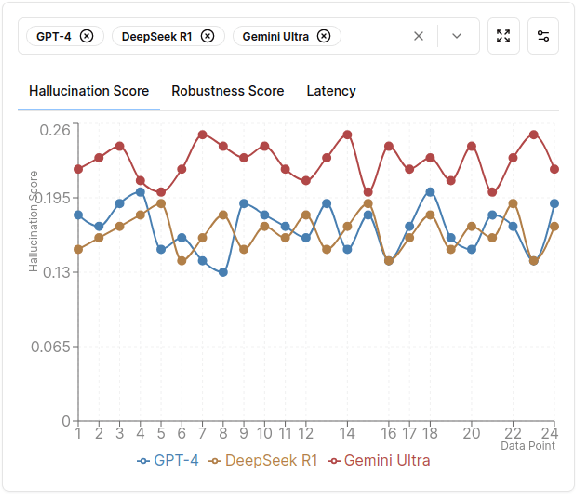

Abstract:Generative AI (GEN AI) models have revolutionized diverse application domains but present substantial challenges due to reliability concerns, including hallucinations, semantic drift, and inherent biases. These models typically operate as black-boxes, complicating transparent and objective evaluation. Current evaluation methods primarily depend on subjective human assessment, limiting scalability, transparency, and effectiveness. This research proposes a systematic methodology using deterministic and Large Language Model (LLM)-generated Knowledge Graphs (KGs) to continuously monitor and evaluate GEN AI reliability. We construct two parallel KGs: (i) a deterministic KG built using explicit rule-based methods, predefined ontologies, domain-specific dictionaries, and structured entity-relation extraction rules, and (ii) an LLM-generated KG dynamically derived from real-time textual data streams such as live news articles. Utilizing real-time news streams ensures authenticity, mitigates biases from repetitive training, and prevents adaptive LLMs from bypassing predefined benchmarks through feedback memorization. To quantify structural deviations and semantic discrepancies, we employ several established KG metrics, including Instantiated Class Ratio (ICR), Instantiated Property Ratio (IPR), and Class Instantiation (CI). An automated real-time monitoring framework continuously computes deviations between deterministic and LLM-generated KGs. By establishing dynamic anomaly thresholds based on historical structural metric distributions, our method proactively identifies and flags significant deviations, thus promptly detecting semantic anomalies or hallucinations. This structured, metric-driven comparison between deterministic and dynamically generated KGs delivers a robust and scalable evaluation framework.
CURE: Enabling RF Energy Harvesting using Cell-Free Massive MIMO UAVs Assisted by RIS
Jul 22, 2021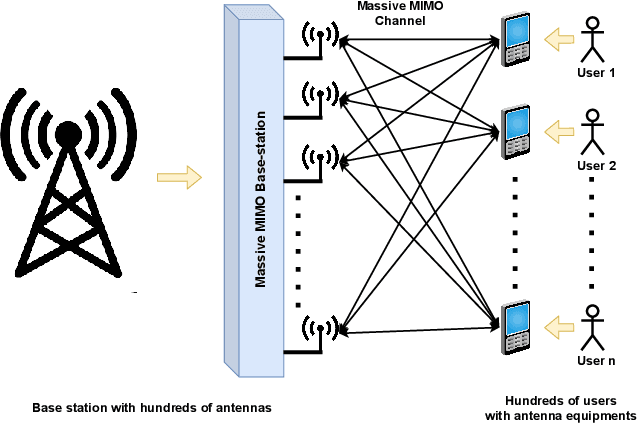

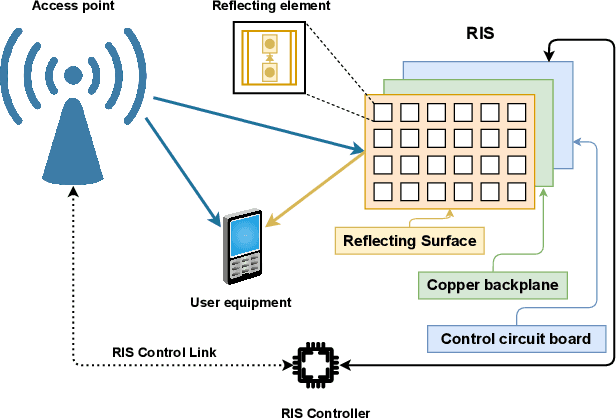
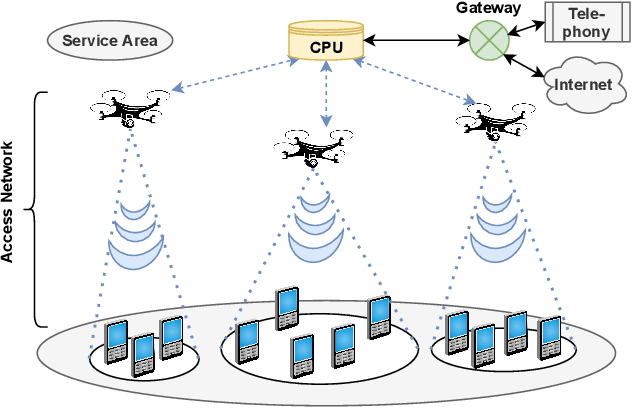
Abstract:The ever-evolving internet of things (IoT) has led to the growth of numerous wireless sensors, communicating through the internet infrastructure. When designing a network using these sensors, one critical aspect is the longevity and self-sustainability of these devices. For extending the lifetime of these sensors, radio frequency energy harvesting (RFEH) technology has proved to be promising. In this paper, we propose CURE, a novel framework for RFEH that effectively combines the benefits of cell-free massive MIMO (CFmMIMO), unmanned aerial vehicles (UAVs), and reconfigurable intelligent surfaces (RISs) to provide seamless energy harvesting to IoT devices. We consider UAV as an access point (AP) in the CFmMIMO framework. To enhance the signal strength of the RFEH and information transfer, we leverage RISs owing to their passive reflection capability. Based on an extensive simulation, we validate our framework's performance by comparing the max-min fairness (MMF) algorithm for the amount of harvested energy.
A Novel Framework for Threat Analysis of Machine Learning-based Smart Healthcare Systems
Mar 05, 2021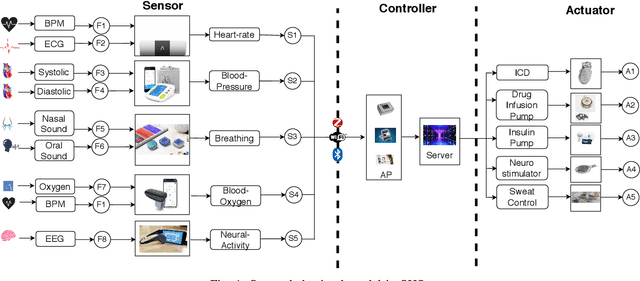


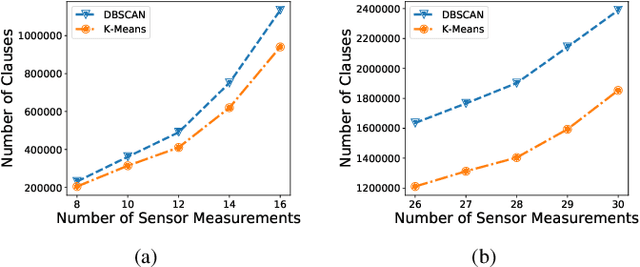
Abstract:Smart healthcare systems (SHSs) are providing fast and efficient disease treatment leveraging wireless body sensor networks (WBSNs) and implantable medical devices (IMDs)-based internet of medical things (IoMT). In addition, IoMT-based SHSs are enabling automated medication, allowing communication among myriad healthcare sensor devices. However, adversaries can launch various attacks on the communication network and the hardware/firmware to introduce false data or cause data unavailability to the automatic medication system endangering the patient's life. In this paper, we propose SHChecker, a novel threat analysis framework that integrates machine learning and formal analysis capabilities to identify potential attacks and corresponding effects on an IoMT-based SHS. Our framework can provide us with all potential attack vectors, each representing a set of sensor measurements to be altered, for an SHS given a specific set of attack attributes, allowing us to realize the system's resiliency, thus the insight to enhance the robustness of the model. We implement SHChecker on a synthetic and a real dataset, which affirms that our framework can reveal potential attack vectors in an IoMT system. This is a novel effort to formally analyze supervised and unsupervised machine learning models for black-box SHS threat analysis.
Efficient UAV Trajectory-Planning using Economic Reinforcement Learning
Mar 03, 2021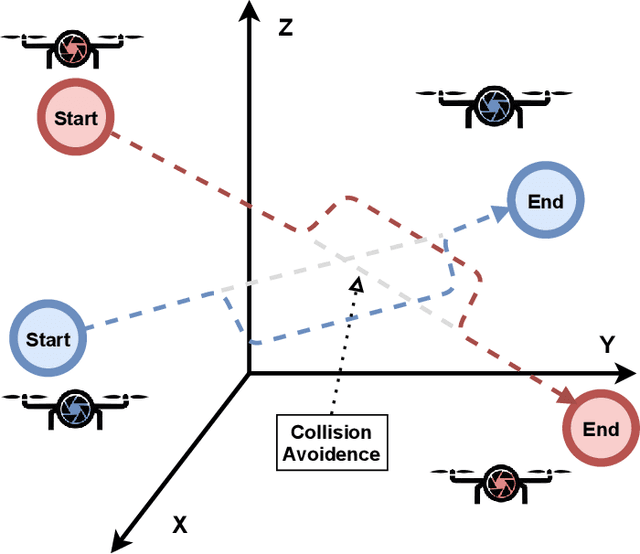

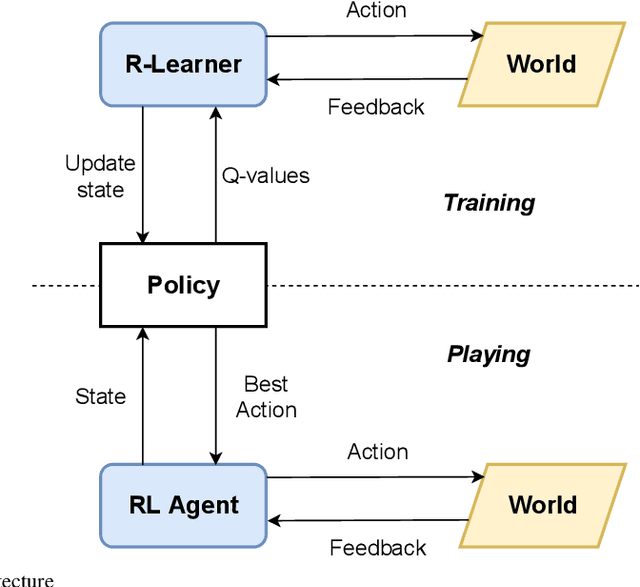
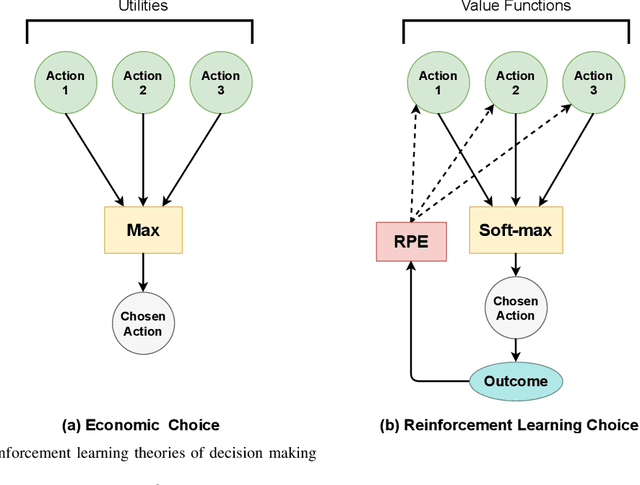
Abstract:Advances in unmanned aerial vehicle (UAV) design have opened up applications as varied as surveillance, firefighting, cellular networks, and delivery applications. Additionally, due to decreases in cost, systems employing fleets of UAVs have become popular. The uniqueness of UAVs in systems creates a novel set of trajectory or path planning and coordination problems. Environments include many more points of interest (POIs) than UAVs, with obstacles and no-fly zones. We introduce REPlanner, a novel multi-agent reinforcement learning algorithm inspired by economic transactions to distribute tasks between UAVs. This system revolves around an economic theory, in particular an auction mechanism where UAVs trade assigned POIs. We formulate the path planning problem as a multi-agent economic game, where agents can cooperate and compete for resources. We then translate the problem into a Partially Observable Markov decision process (POMDP), which is solved using a reinforcement learning (RL) model deployed on each agent. As the system computes task distributions via UAV cooperation, it is highly resilient to any change in the swarm size. Our proposed network and economic game architecture can effectively coordinate the swarm as an emergent phenomenon while maintaining the swarm's operation. Evaluation results prove that REPlanner efficiently outperforms conventional RL-based trajectory search.
Adversarial Attacks to Machine Learning-Based Smart Healthcare Systems
Oct 07, 2020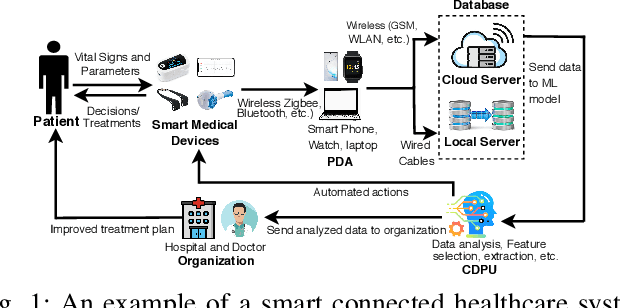
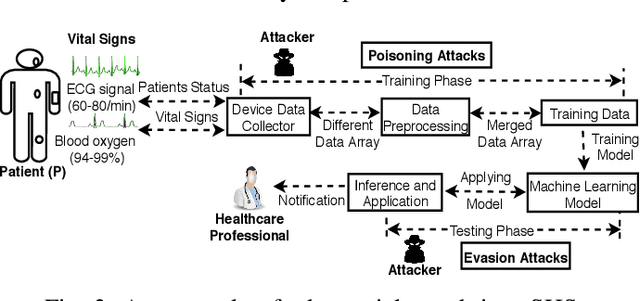
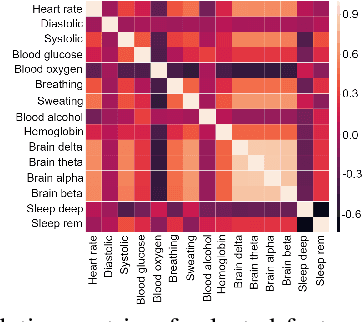
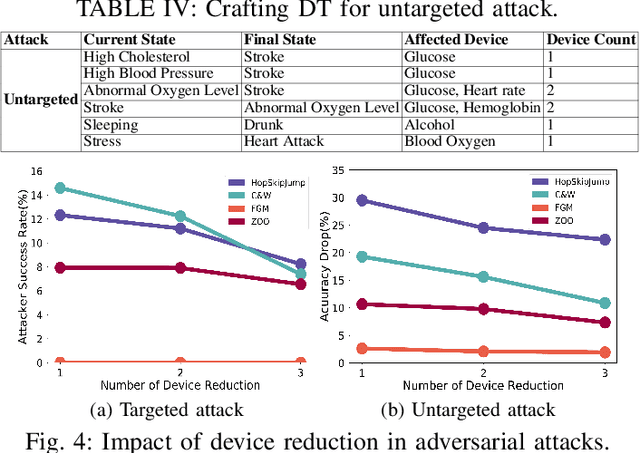
Abstract:The increasing availability of healthcare data requires accurate analysis of disease diagnosis, progression, and realtime monitoring to provide improved treatments to the patients. In this context, Machine Learning (ML) models are used to extract valuable features and insights from high-dimensional and heterogeneous healthcare data to detect different diseases and patient activities in a Smart Healthcare System (SHS). However, recent researches show that ML models used in different application domains are vulnerable to adversarial attacks. In this paper, we introduce a new type of adversarial attacks to exploit the ML classifiers used in a SHS. We consider an adversary who has partial knowledge of data distribution, SHS model, and ML algorithm to perform both targeted and untargeted attacks. Employing these adversarial capabilities, we manipulate medical device readings to alter patient status (disease-affected, normal condition, activities, etc.) in the outcome of the SHS. Our attack utilizes five different adversarial ML algorithms (HopSkipJump, Fast Gradient Method, Crafting Decision Tree, Carlini & Wagner, Zeroth Order Optimization) to perform different malicious activities (e.g., data poisoning, misclassify outputs, etc.) on a SHS. Moreover, based on the training and testing phase capabilities of an adversary, we perform white box and black box attacks on a SHS. We evaluate the performance of our work in different SHS settings and medical devices. Our extensive evaluation shows that our proposed adversarial attack can significantly degrade the performance of a ML-based SHS in detecting diseases and normal activities of the patients correctly, which eventually leads to erroneous treatment.
Machine Learning in Generation, Detection, and Mitigation of Cyberattacks in Smart Grid: A Survey
Sep 01, 2020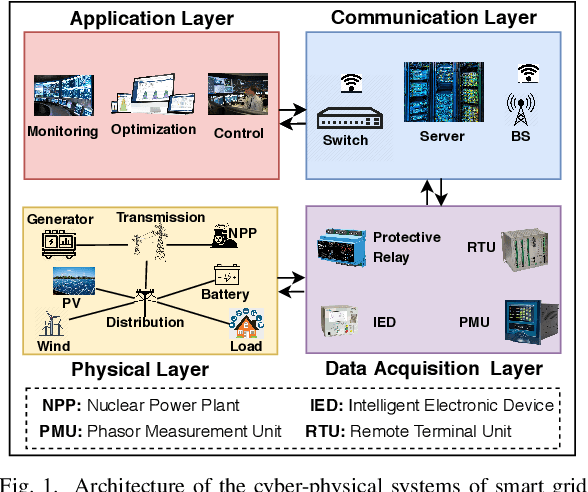


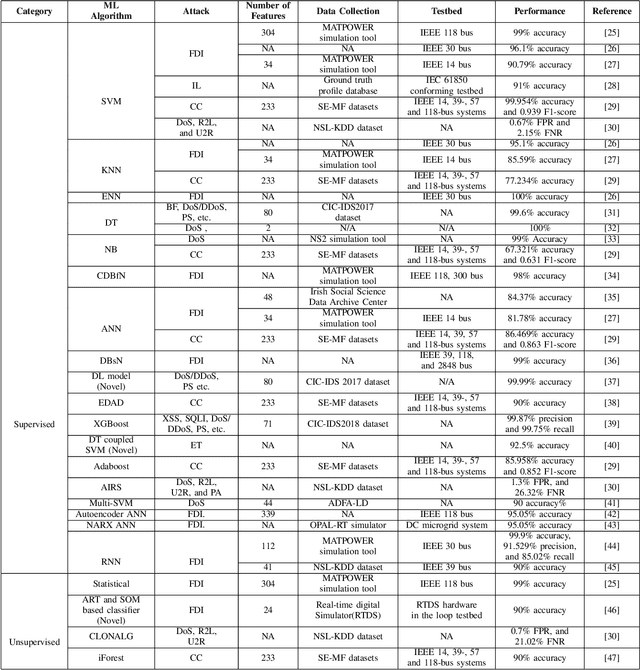
Abstract:Smart grid (SG) is a complex cyber-physical system that utilizes modern cyber and physical equipment to run at an optimal operating point. Cyberattacks are the principal threats confronting the usage and advancement of the state-of-the-art systems. The advancement of SG has added a wide range of technologies, equipment, and tools to make the system more reliable, efficient, and cost-effective. Despite attaining these goals, the threat space for the adversarial attacks has also been expanded because of the extensive implementation of the cyber networks. Due to the promising computational and reasoning capability, machine learning (ML) is being used to exploit and defend the cyberattacks in SG by the attackers and system operators, respectively. In this paper, we perform a comprehensive summary of cyberattacks generation, detection, and mitigation schemes by reviewing state-of-the-art research in the SG domain. Additionally, we have summarized the current research in a structured way using tabular format. We also present the shortcomings of the existing works and possible future research direction based on our investigation.
Smart Weather Forecasting Using Machine Learning:A Case Study in Tennessee
Aug 25, 2020


Abstract:Traditionally, weather predictions are performed with the help of large complex models of physics, which utilize different atmospheric conditions over a long period of time. These conditions are often unstable because of perturbations of the weather system, causing the models to provide inaccurate forecasts. The models are generally run on hundreds of nodes in a large High Performance Computing (HPC) environment which consumes a large amount of energy. In this paper, we present a weather prediction technique that utilizes historical data from multiple weather stations to train simple machine learning models, which can provide usable forecasts about certain weather conditions for the near future within a very short period of time. The models can be run on much less resource intensive environments. The evaluation results show that the accuracy of the models is good enough to be used alongside the current state-of-the-art techniques. Furthermore, we show that it is beneficial to leverage the weather station data from multiple neighboring areas over the data of only the area for which weather forecasting is being performed.
G-IDS: Generative Adversarial Networks Assisted Intrusion Detection System
Jun 01, 2020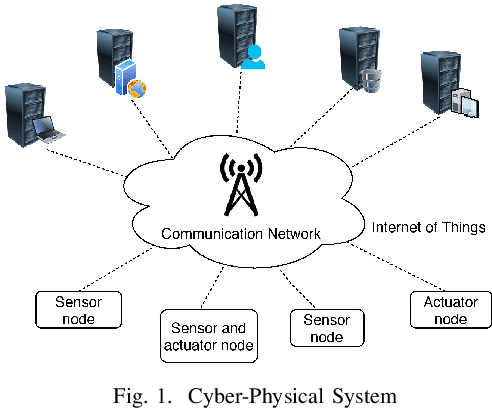
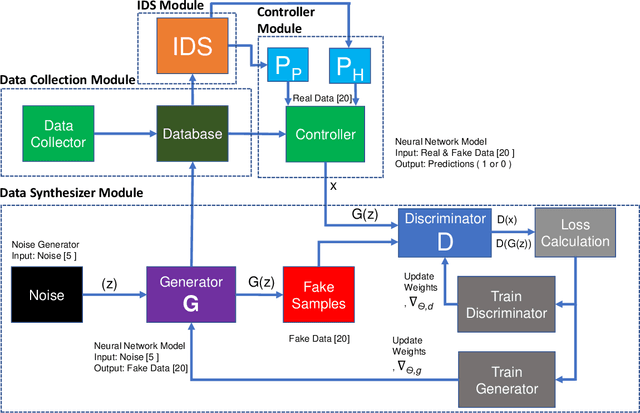
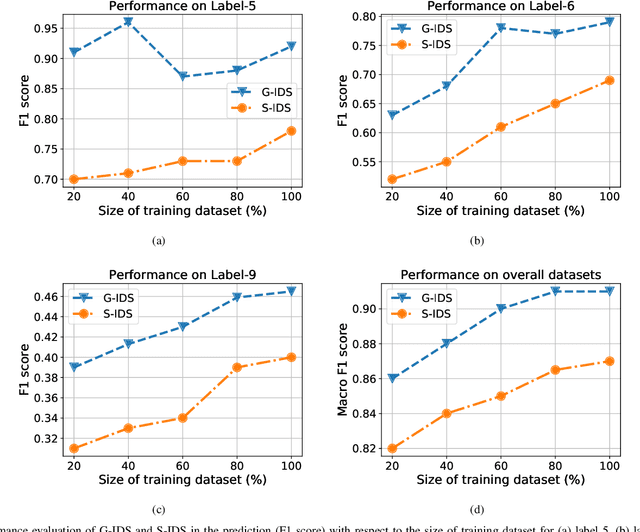
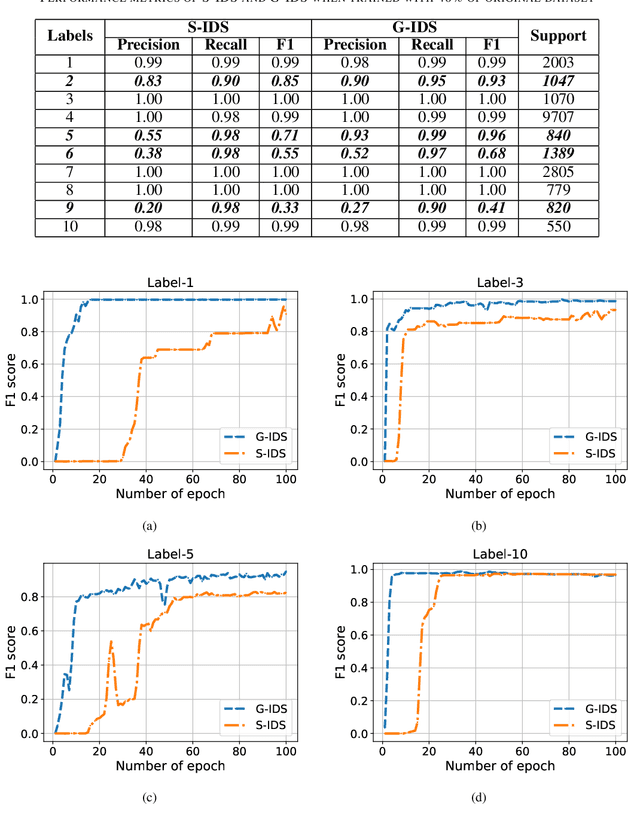
Abstract:The boundaries of cyber-physical systems (CPS) and the Internet of Things (IoT) are converging together day by day to introduce a common platform on hybrid systems. Moreover, the combination of artificial intelligence (AI) with CPS creates a new dimension of technological advancement. All these connectivity and dependability are creating massive space for the attackers to launch cyber attacks. To defend against these attacks, intrusion detection system (IDS) has been widely used. However, emerging CPS technologies suffer from imbalanced and missing sample data, which makes the training of IDS difficult. In this paper, we propose a generative adversarial network (GAN) based intrusion detection system (G-IDS), where GAN generates synthetic samples, and IDS gets trained on them along with the original ones. G-IDS also fixes the difficulties of imbalanced or missing data problems. We model a network security dataset for an emerging CPS using NSL KDD-99 dataset and evaluate our proposed model's performance using different metrics. We find that our proposed G-IDS model performs much better in attack detection and model stabilization during the training process than a standalone IDS.
 Add to Chrome
Add to Chrome Add to Firefox
Add to Firefox Add to Edge
Add to Edge